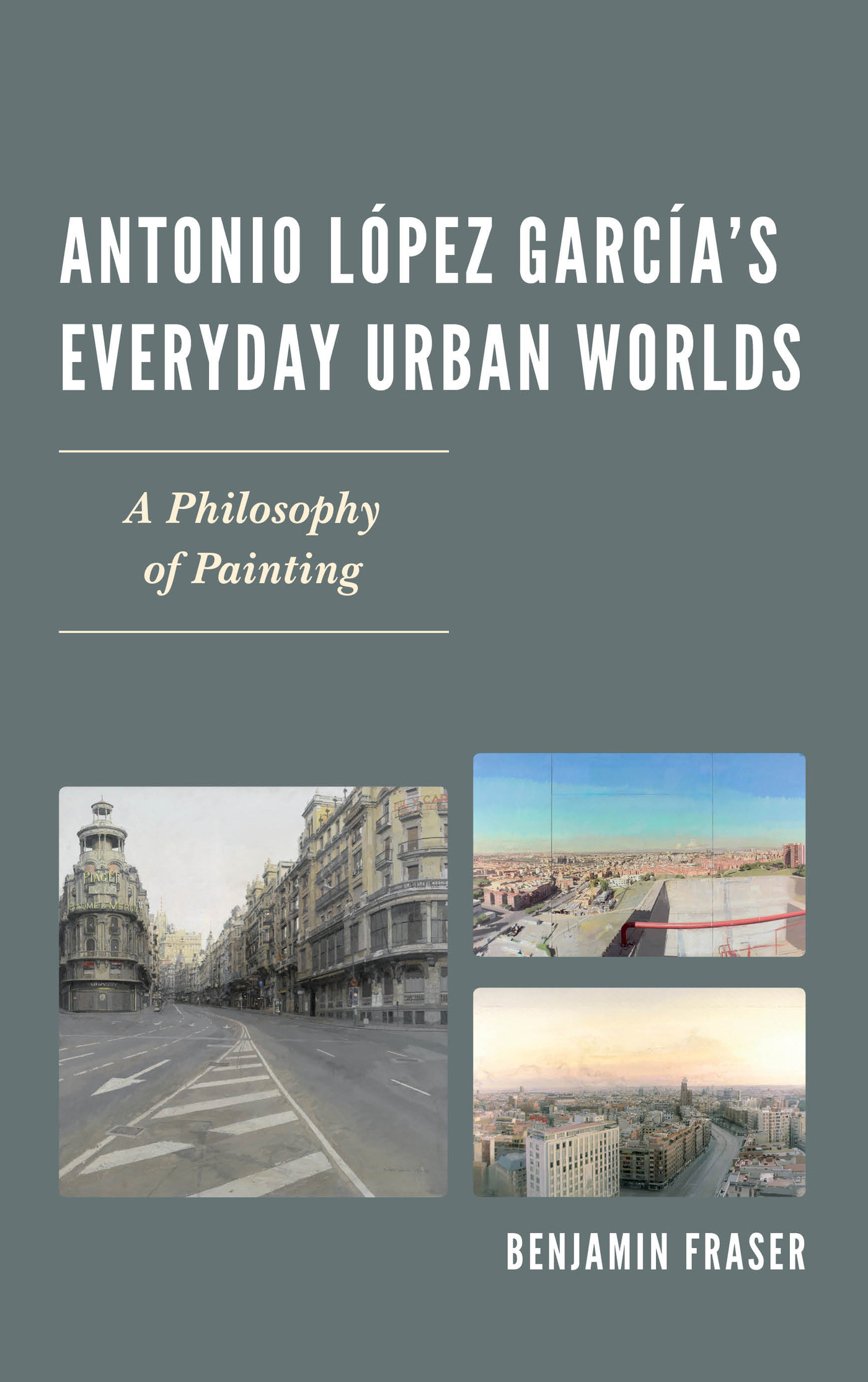Antonio Lpez Garcas
Everyday Urban Worlds
Antonio Lpez Garcas
Everyday Urban Worlds
A Philosophy of Painting
Benjamin Fraser
Published by Bucknell University Press
Copublished by The Rowman & Littlefield Publishing Group, Inc.
4501 Forbes Boulevard, Suite 200, Lanham, Maryland 20706
www.rowman.com
16 Carlisle Street, London W1D 3BT, United Kingdom
Copyright 2014 by Benjamin Fraser
Gran Va, Antonio Lpez Garca, provenience of the image: Artists Rights Society (ARS), New York / Image Bank VEGAP, Madrid.
Madrid desde Torres Blancas, Antonio Lpez Garca, provenience of the image: Artists Rights Society (ARS), New York / Image Bank VEGAP, Madrid.
Madrid desde la torre de bomberos de Vallecas, Antonio Lpez Garca, provenience of the image: Artists Rights Society (ARS), New York / Image Bank VEGAP, Madrid.
All rights reserved. No part of this book may be reproduced in any form or by any electronic or mechanical means, including information storage and retrieval systems, without written permission from the publisher, except by a reviewer who may quote passages in a review.
British Library Cataloguing in Publication Information Available
Library of Congress Cataloging-in-Publication Data
Fraser, Benjamin
Antonio Lpez Garca's everyday urban worlds : a philosophy of painting / Benjamin Fraser.
p. cm.
Includes bibliographical references and index.
ISBN 978-1-61148-573-8 (cloth : alk. paper) ISBN 978-1-61148-574-5 (electronic)
1. Lpez-Garca, Antonio, 1936Criticism and interpretation. 2. Cities and towns in art. 3. City and town lifePhilosophy. I. Title.
N7113.L6F73 2014
709.2dc23
2014024619
 TM The paper used in this publication meets the minimum requirements of American National Standard for Information Sciences Permanence of Paper for Printed Library Materials, ANSI/NISO Z39.48-1992.
TM The paper used in this publication meets the minimum requirements of American National Standard for Information Sciences Permanence of Paper for Printed Library Materials, ANSI/NISO Z39.48-1992.
Printed in the United States of America
For Abby
For Zoey
For all who believed in the importance of art
Acknowledgments
I have learned much from my experiences in interdisciplinary publishing just as I have gained much insight by speaking withand reading the works ofothers engaged in interdisciplinary approaches to Hispanic studies. In particular I want to single out the following colleagues for their active and continual encouragement: Eugenia Afinogunova, Susan Antebi, Edward Baker, Ral Carrillo-Arciniega, Malcolm Alan Compitello, Agustn Cuadrado, Monica Degen, Rebecca Haidt, David Herzberger, Encarnacin Jurez-Almendros, Susan Larson, Araceli Masterson-Algar, Sarah Owens, Randolph Pope, Nathan Richardson, Sheri Spaine Long, and Stephen Vilaseca. In particular I thank Edward Baker for his careful reading of the final manuscript prior to publication and for his valuable suggestions and references. I also thank Nathan Richardson and Francie Cate-Arries for supporting this project and encouraging my work in general.
It should be noted that the paragraphs relating to La ciudad no es para m in chapter 1 appeared first in Benjamin Fraser, Editorial: Madrid and Urban Cultural Studies, International Journal of Iberian Studies 26.1-2 (2013); and that selected paragraphs on urban philosophy included in the second half of chapter 3 were adapted from Benjamin Fraser, Inaugural Editorial: Urban Cultural StudiesA Manifesto [part 1], Journal of Urban Cultural Studies 1.1 (2014). I thank these publications for allowing these excerpts to be reprinted here. I thank Mark Del Mastro of the Department of Hispanic Studies at the College of Charleston for funds supporting the permissions and images in this volume and Laura Moses for her invaluable assistance throughout the process.
I thank Visual Entidad de Gestin de Artistas Plsticos (VEGAP) in Spain for providing the images introducing chapters 1, 2, and 3, and particularly Eva Mara Hernndez and Rafael Julin. I thank JAimee Cronin from the Artists Rights Society in New York (ARSNY) for securing the rights to publish these images. Provenience of the images, Image Bank VEGAP: Gran Va, 19741981; Madrid desde Torres Blancas, 19741982; Madrid desde la torre de bomberos de Vallecas, 19902006.
Unless otherwise noted, translations are mine. English translations from Luis Martn-Santoss novel Tiempo de silencio are taken from George Leesers Time of Silence (New York: Columbia University Press, 1989).
Preface
Antonio Lpez Garcas Everyday Urban Worlds: A Philosophy of Painting is positioned at the intersection of two divergent lines of thought. Said another way, it draws simultaneously from two critical traditions. The first has contributed to this books content; the second, to its style.
First, following in a robust but somehow still marginal tradition of Hispanist scholars, I have been working for many years on the topic of urban culture in Spain. Many of us have adopted an interdisciplinary perspective that fuses literature, cinema, and cultural studies with urban geography and even what I call urban philosophy. These varied subjects constitute the content of the interdisciplinary book you are reading.
Second, I owe this books genesis and its style to the example set by Spanish author Juan Benetmost of all in his book El ngel del seor abandona a Tobas [The Lords Angel Abandons Tobias] (1976). Therein, Benet launches from an analysis of Rembrandts famous painting of the same title to consider a range of themes, not merely artistic but also linguistic, religious, and most of all philosophical considerations and temporal matters. There are many connections between this underappreciated work by Benet and his other essays and fictional worksas I have explored more thoroughly in Understanding Juan Benet: New Perspectivesbut none are more important than those we might term matters of style. If I have borrowed Benets ingenious conceit and his meandering style for the purposes of this book, I must also reiterate his warning to the reader there and similarly adopt his modest tone. On the first page of El ngel del seor abandona a Tobas he wrote: Es muy posible que las consideraciones contenidas en este volumen carezcan de toda novedad.... Por consiguiente, es tambin verosmil que haya incurrido en uno de los ms impertinentes e imperdonables vicios de nuestro momento: el de escribir a la ligera sin aadir nada nuevo [It is quite likely that the considerations contained in this volume are not at all novel.... Consequently, it is also plausible that I have fallen victim to one of the most insolent and unpardonable follies of our time: that of writing hastily and without contributing anything new]. In Benets case, of course, these words are hardly worth taking seriously.
I will say that I have written this book for both the general reader interested in art (painting) and also for the advanced student and scholar of urban culturewhether from Hispanic studies, art history, urban geography, sociology, or even philosophy. This is somewhat of a balancing act. On the one hand, I am guided by the primary need to keep Antonio Lpez Garcas paintings firmly in the readers mind throughout all of this books material. On the other hand, it is precisely by exploring seemingly tangential connections with his paintings method and subject matter that we will gain a deeper appreciation of his art in particular and of the urban process in general. In the end, this is an eclectic book that, while neither an artists biography nor a work of Spanish historyneither an urban treatise nor even a portrait of Madridoverlaps with each of these areas. I am certain that the attempt to provide the reader with an adequate background in each of these domains would have resulted in an obtuse and pedantic text, so I have preferred to jump right in to what may seem to be a wandering train of thought. I regret that this approach may do nothing to combat a general skepticism of interdisciplinary work that still obtains among many readers who may be firmly grounded in disciplinary terrain. And yet, upon further reflection, this is, of course, the most appropriate way to broach the urban questionwhich may itself be separated into an ever-growing list of subdivisions: economy, politics, history, sociology, geography, and also, as I argue here, art, literature, and film. Although I have attempted to keep the body text as clean as possible, for those who are interested in pursuing the above themes in greater depth, I have provided frequent and sometimes extensive notes referencing critical literature from a variety of relevant disciplines at the end of each chapter.
Next page
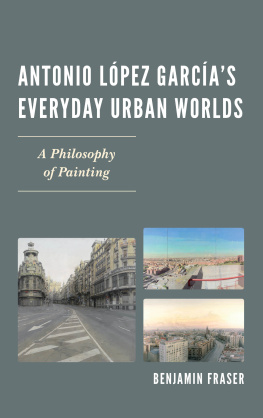
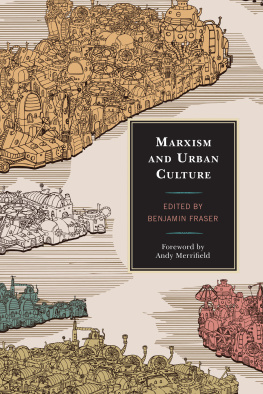
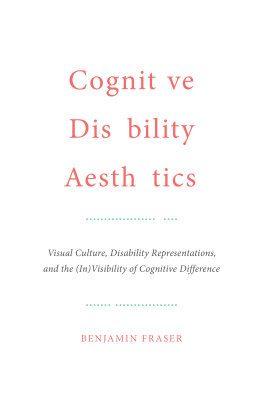



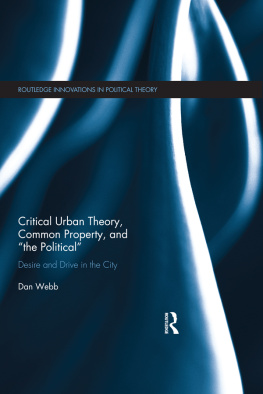

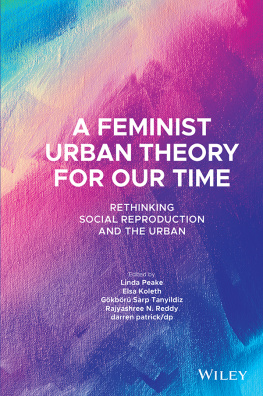
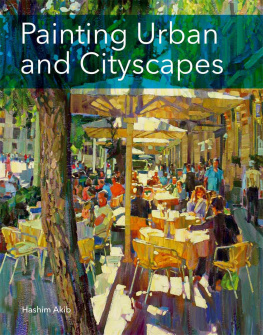
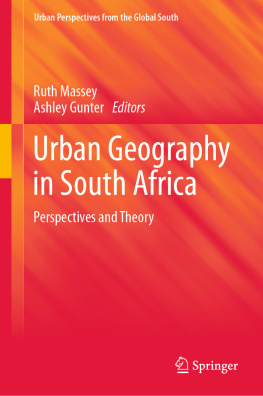

 TM The paper used in this publication meets the minimum requirements of American National Standard for Information Sciences Permanence of Paper for Printed Library Materials, ANSI/NISO Z39.48-1992.
TM The paper used in this publication meets the minimum requirements of American National Standard for Information Sciences Permanence of Paper for Printed Library Materials, ANSI/NISO Z39.48-1992.